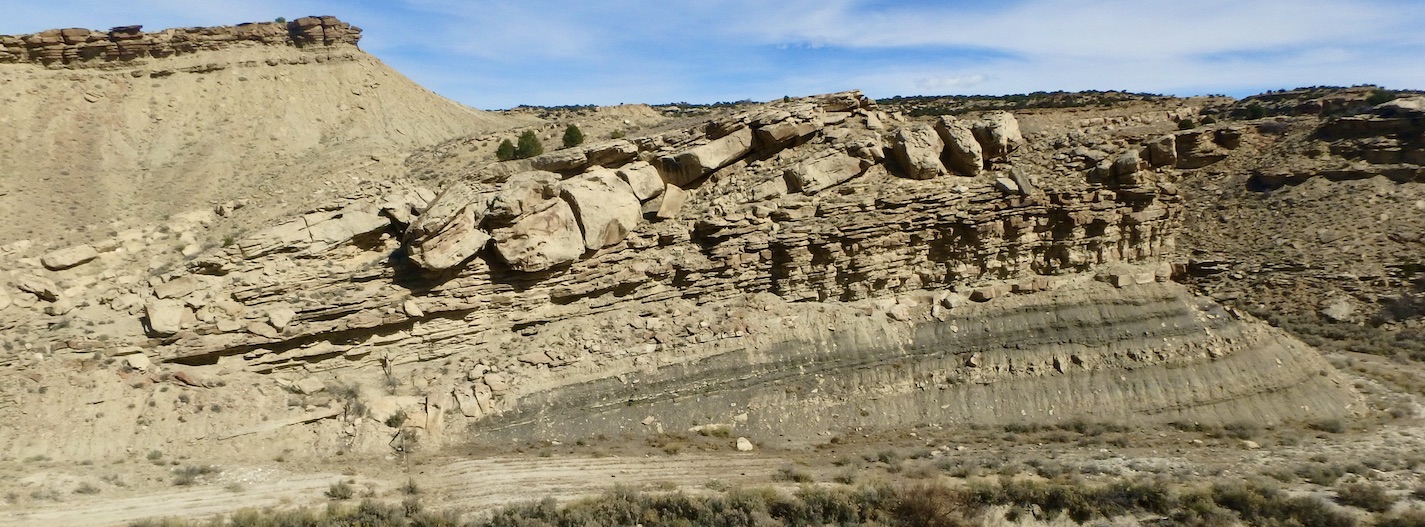
Stratigraphic Traps in Deltaic Systems
Course Details
Deltaic Successions produce hydrocarbons worldwide from reservoirs in the North Sea (Brent, Brage, Oseberg), the Barents Sea (Knurr FM), Alaska North Slope (Prudhoe Bay Field), Onshore India (Barmer Basin), Lower Indus Basin (Sembar and Lower Basal Sands), Venezuela (Budare Field, Lagunillas Field).
A series of world-class outcrops have been picked from the Colorado Rockies and Book Cliffs of Utah. Participants will be able to see:
1. Distributary channels (single, multistorey and multilateral).
2. Terminal mouth bar sandstones
3. Delta plain paleosols
4. Trangression of deltaic over fluvial strata
5. Compensation stacking of deltaic lobes
6. Fan deltas
7. Growth Faults
Many of the outcrops selected for this course are ‘seismic-scale’ and participants will spend time correlating outcrop photopanels with seismic facies from industry data.
By the end of the trip you should be able to:
1. Identify deltaic lithofacies in core, and high N:G seismic facies
2. Predict variations in N:G along depositional strike and dip.
3. Determine which sand and gravel bodies make the best reservoir and whether they are connected or compartmentalized.
4. Permeability relationships in channels vs terminal distributary bars.
5. Understand stratigraphic traps in deltaic systems
This is field trip that focuses specifically on deltaic systems, if you would like a more generalized field trip on shallow marine reservoirs, such as shorefaces, tidal channels, barrier island etc, please click here.
If you are working on coarse-grained gilbert-type deltas we can change the itinerary given below to accommodate you. Instead of spending three days in the Ferron Sandstone we will take you to Colorado and show you some spectacular examples of coarse grained turbidites and debrites associated with rift-associated deltas.
Who Should Attend
• Geologists
• Geophysicists
• Petrophysicists
• Engineers
The course is designed for geoscientists and reservoir engineers who primarily focus on sub-surface deltaic successions.
Register Your Interest
Course Outline
Day 1
Arrival at Grand Junction Regional AirportWe will be picking you up at Grand Junction Regional Airport an driving you to your hotel (which we will not only book for you, but will pay for as well).
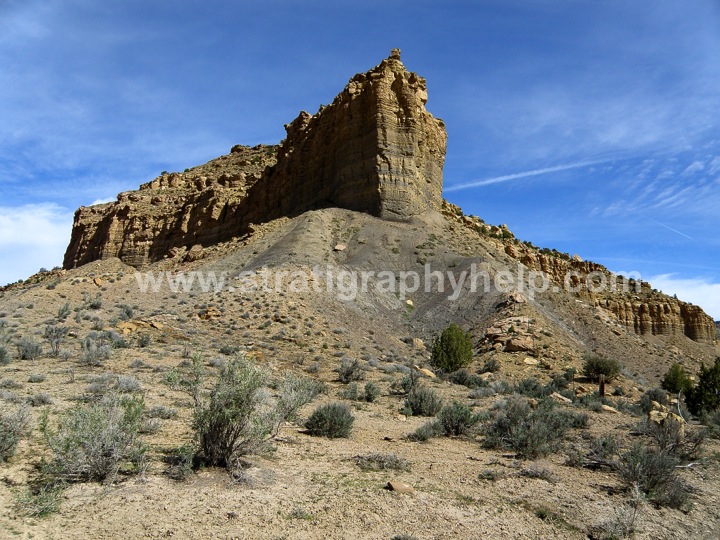
Day 2
We will meet at 9:00 am at the hotel meeting room for lectures. Safety briefing, orientation, lectures on key-sequence stratigraphic surfaces associated with deltas, dimensions and reservoir properties of different sandstone lithofacies within deltas.
After lectures we will head to some canyons close to the hotel and look at a coastal plain environment and a wave dominated delta.After lunch we will head to the Colorado National Monument for an introduction to local stratigraphy and structures. For dinner we will head out to Grand Junction.
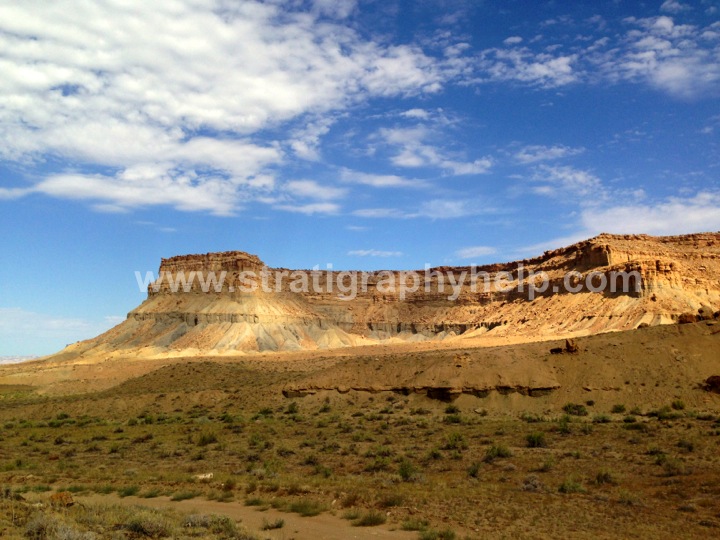
Day 3
Classroom module on tide-dominated deltas – we will take you on a virtual field-trip through subaqueous deltaic clinoforms from a field location in Wyoming using videos, google earth, high-resolution panoramic photos and rock samples.
We will head into Sego Canyon after morning lectures to spend the day looking at the subaerial clinoform of a tide-influenced delta. This area is famous for petroglyphs and geology field trips, and in the past it has often turned into a “networking day” as participants get to mingle with geoscientists and engineers from oil and gas companies across the globe.
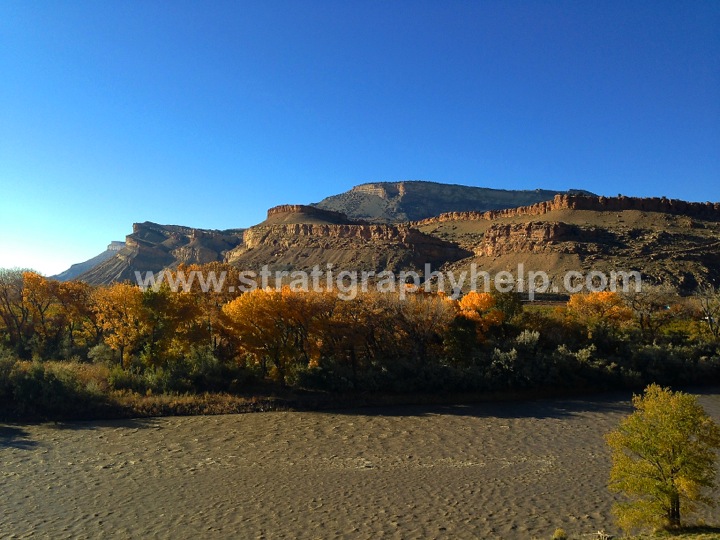
Day 4
Lectures on sequence stratigraphy and the evolution of deltas during relative sea-level rise and fall.
In the field we will be focusing on the delta plain of an asymmetric delta investigating distributary channels, coal and comparing these with sub-surface data.
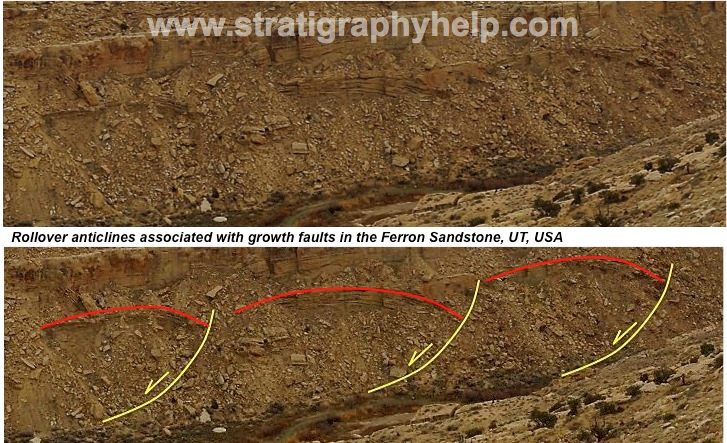
Day 5
Classroom module on river dominated deltas and asymmetric deltas using examples from the Frontier Formation in the Powder River Basin.
In the field we will visit the delta front and the pro-delta and discuss borehole image logs from the Ferron Sandstone and compare these with behind-the-outcrop core and outcrop based geomodels.
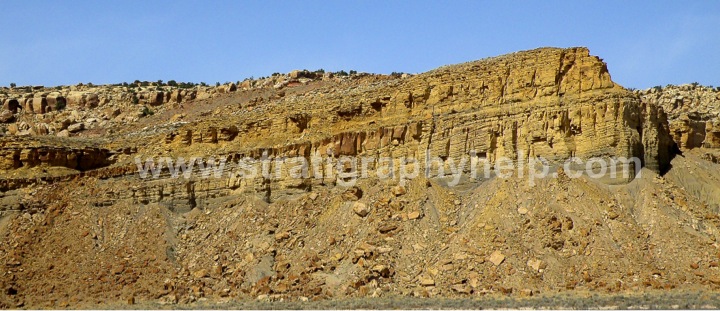
Day 6
Classroom module on stratigraphic traps and seismic stratigraphy with an emphasis on the link between deltas and incised valley systems.
We will visit three distinct stratigraphic traps and discuss how to perform a deliberate search for them using sub-surface data-sets.
We will then drop you off at Canyonlands Field Airport in Moab, Utah for evening departure.
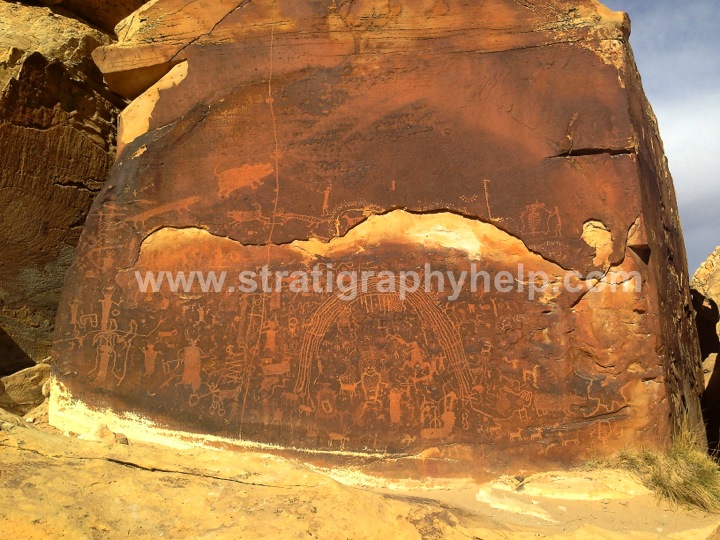
This course is offered in the second week of October every year and costs $7000/person. This all inclusive rate includes five nights hotel stay, all meals, snacks and drinks in the field, fuel, permits, transportation during the field trip, tuition and field guide.


